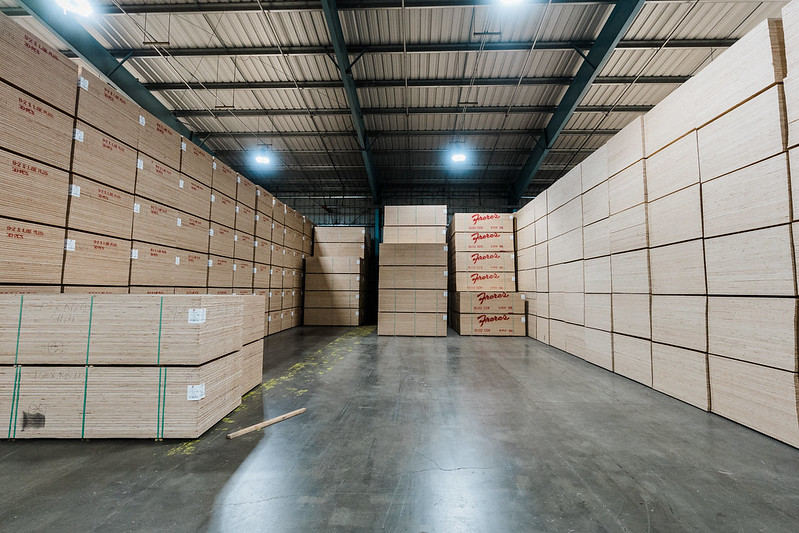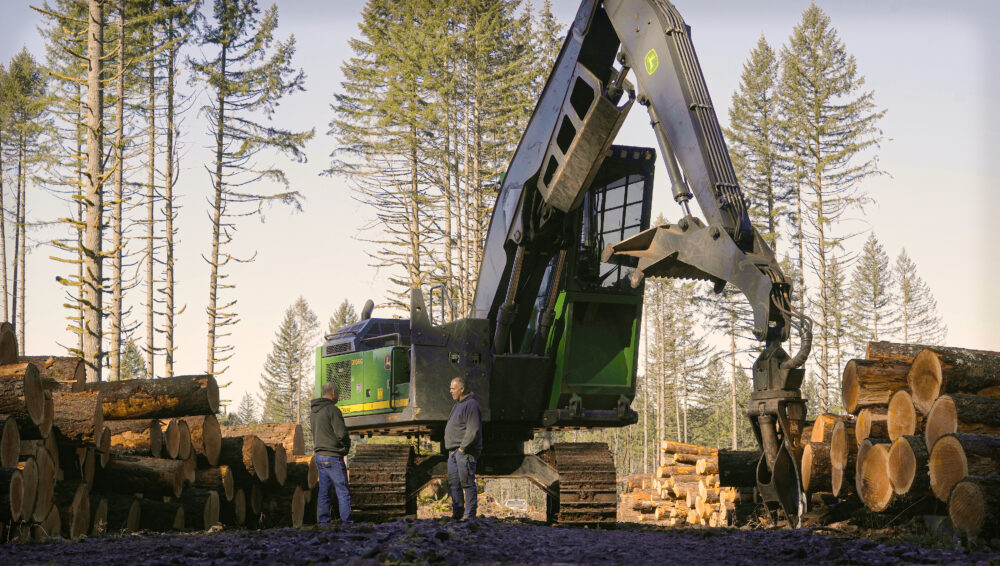Trump’s tariffs, and particularly those between the U.S. and Mexico and Canada, are a stark contrast to the free trade agreements that have dominated U.S. trade policy for the last few decades. There are many justifications for tariffs including national security, political leverage, and economic reasons.
U.S. lumber tariffs, for instance, have been framed as both a way to protect domestic manufacturers and a tool for negotiating fairer trade terms. Economic support for tariffs can range from trade balance adjustment, protecting domestic industries, or correcting market distortions.
The argument for tariffs with Mexico and Canada have thus far been for national security interests, and namely securing our borders and reducing the import of illicit drugs like fentanyl into our country. It’s likely that the tariffs related to border security will be short-lived, as our northern and southern borders tighten security to reduce the political pressure and financial harm from punitive tariffs.

Economic Impacts: Are Tariffs Effective?
Economic rationale for tariffs can have longer lasting effects on markets. Reciprocal tariffs proposed by the White House, for example increasing tariffs on Indian agricultural products from 5% to 39% to match the import tariffs they have imposed on U.S. goods, are relatively simple and straightforward. Negotiations regarding these tariffs will likely end in the lowering of tariffs on both sides of the transaction to encourage the free movement of trade.
However, it is much harder to determine, for instance, the competitive advantages Canada receives from preferential administrative pricing of timber by provincial governments. It’s not always as clear how foreign governments like China may benefit their local industries through currency manipulation or access to low cost labor.
Just a quick glance at our trade deficits with other countries totaling $1.2 trillion in 2024 begs the question, is trade truly free and fair? Are U.S. producers just terrible at making products that consumers want, or as JD Vance has said, have other countries taken advantage of U.S. markets and “stolen American manufacturing jobs?” Or perhaps the most important question, how much damage to our manufacturing base has been from bad policy imposing self-inflicted wounds?

Lumber Tariffs and the Pacific Northwest
U.S. lumber tariffs can go a long way toward making trade more fair, which is evident from the history of trade disputes beginning in the 1980’s, culminating in the Softwood Lumber Agreement (SLA) of 2006. Though the SLA expired in 2015, tariff levels on lumber imported from Canada have been adjusted almost annually for the last 10 years, with the most recent adjustment being in August of 2024; raising tariffs from 8.04% to 14.54%.
This provided some protection to U.S. lumber manufacturers and encouraged three of the largest Canadian producers—West Fraser, Canfor, and Interfor—to own and operate more than 40 lumber mills in the Southern U.S. It is interesting that approximately 86% of timberland in the Southern U.S. is under private ownership.
Meanwhile, similar investments have not been made in the Pacific Northwest, where the Federal Government owns over 60% of the timberland. Instead of a vibrant wood products industry we have seen many mills go out of business in Oregon over the last year. This is due almost entirely to lack of access to timber. From the Habitat Conservation Plan to the Private Forest Accord, the state of Oregon has signaled its intent to reduce timber harvests in the state.
Additionally, the U.S. Forest Service has faced legal paralysis due to ongoing lawsuits from environmental groups. Since the implementation of the Northwest Forest Plan in the early 1990s, annual timber harvests on federal land in Oregon have plummeted by 90%, severely restricting the industry’s access to raw materials.

Tariffs vs. Business Climate
Lack of timber has discouraged investment in new manufacturing facilities, as well as encouraged the closure of many mills that don’t see a return on their investment—especially when the future holds lower timber volume and therefore higher log costs. No matter how efficient operations can be, wood products companies cannot make anything without wood. As mentioned above, we compete in a global wood products market, and we are beset with imports from all sides. Wood fiber costs are more than 70% of our end-product costs, so high fiber costs make it extremely difficult to compete.
Final Thoughts: Supporting U.S. Industry
In this type of environment, tariffs can be helpful to protect domestic industry. However, they are not a solution for bad policies that create a poor business climate. Pro-business policies seem to be anathema to the Oregon State government, but we may finally see a glimmer of hope from the federal government. The Fix Our Forests Act has passed through the House of Representatives and is awaiting a vote in the Senate. We may finally see some reform to environmental policies like the National Environmental Policy Act that have stymied growth for decades. We support free trade, but we support U.S. industry first.
Subscribe
We’ll send you a notification when a new story has been posted. It’s the easiest way to stay in the know.